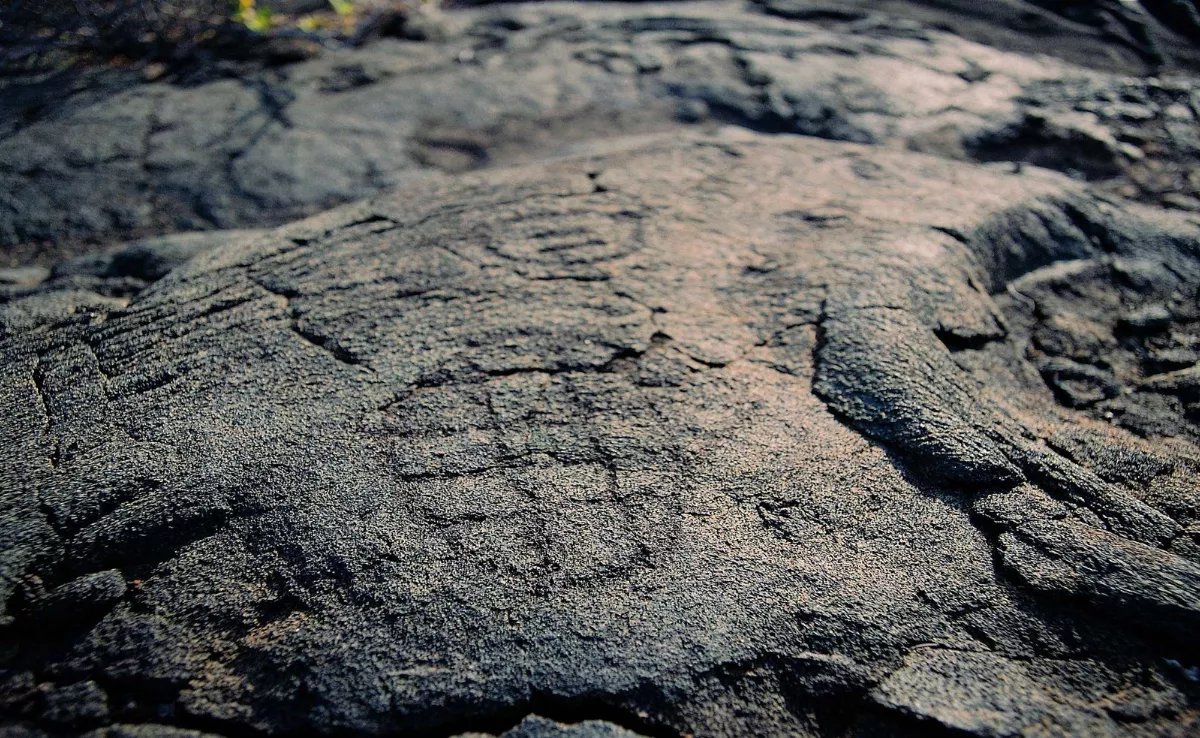
The project for the installation of a solar drying plant for sludge at the Tenerife Environmental Complex, in the municipality of Arico, has not included any kind of prior archaeological study, despite part of the affected land being located in areas that are less transformed and could contain heritage remains.
This warning comes from the Administrative Service of Historical Heritage of the Cabildo of Tenerife, which participated in the environmental assessment process with a critical report regarding this omission. In its analysis, the technical service highlights that “the southern and northern extremes of the project occupy a much less transformed space and, therefore, have a higher risk of the presence of archaeological cultural elements”.
Despite this, the promoter has not carried out any prospecting nor has it engaged qualified technical personnel in the field. According to the report, “for the drafting of the Environmental Document, no specialist in archaeology was consulted, nor was any archaeological prospecting conducted by qualified personnel”.
The insular body also emphasises that there has not even been a consultation of “the existing heritage inventory for the complex, one copy of which is in the hands of the managing entity of the Complex”.
The Environmental Assessment Commission of Tenerife (CEAT), which approved the environmental report of the project on 23 January 2025, acknowledges this weakness. In its final resolution, it states that “it is considered that there could potentially be heritage values in the aforementioned less altered areas”.
However, it does not condition the project’s viability on prior prospecting nor does it establish specific archaeological protection measures, which could open the door to controversies in later phases.
The project involves the construction of a solar thermal drying plant for sludge, a technique that reduces the water content of sludge from wastewater treatment plants. This process allows for a reduction in the volume and weight of the waste before transportation or landfill disposal, also lowering its environmental impact and economic cost.
The chosen technology, SolarBatch, consists of introducing the sludge into closed greenhouses with forced ventilation and mechanical turning. There, the material is dried using solar energy. According to technical data, the sludge enters with a concentration of 15% dry matter and exits with 58% after the process.
The plant will consist of three drying modules measuring 104 metres long and 16 metres wide, occupying a total usable area of nearly 6,000 square metres. It will be sized to treat up to 10,000 tonnes of sludge annually, all coming from operational treatment plants on the island.
It will be located within the Tenerife Environmental Complex, the main island centre for waste treatment, whose environmental authorisation was modified in December 2023 to allow the admission of sludge with less than 65% moisture.
The project has been evaluated through the simplified environmental impact assessment procedure, in accordance with current legislation, and was not subjected to ordinary evaluation. The Environmental Assessment Commission of Tenerife approved the favourable report on 23 January 2025, on the condition that the environmental measures described in the environmental document and in the environmental monitoring programme are adhered to.
During the processing, reports have been gathered from various public services, including that of Historical Heritage, which did not formally oppose the project but expressed concern over the lack of specific studies in the archaeological field. That warning, although included in the final report, did not result in the requirement for mandatory archaeological prospecting or monitoring.















